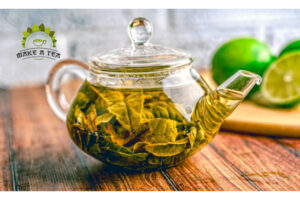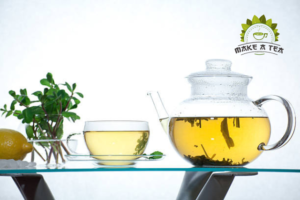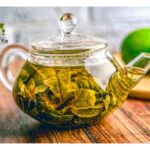Japanese learned the art and science of growing and making green teas from China hundred of years ago.
Since then, they haven’t looked back and included green tea in their culture & daily life.
Japan has its unique methods of processing green teas. It offers different types of green tea with a huge variety of flavors.
This article is all about the Popular green tea types in Japan, their mesmerizing aroma, and indulging flavors.
Let us see why these teas are so much in demand and what are the benefits of drinking them.
7 Most Desired Green Tea Types in Japan
There are many types of Green Tea in Japan. However, we differentiate the most popular ones into two categories. Powdered Teas and Loose-Leaf Teas.
The most famous powdered green tea in Japan is Matcha tea. This one is a unique green tea and one of its kind. It known for its flavor and benefits.
1) Matcha
Matcha is one of the most popular green tea in Japan. It is used at Japan’s formal tea ceremony. Tencha leaves are used to make this tea which enhances its taste.
After the drying process, dry leaves are converter into fine powder.
The brew is very different because you have to use a bamboo whisk (chawan) and a bowl (chaisen) to make it.
It is a top-grade tea that has a color of bright green.
This powdered green tea is not only brewed for a drink, it is used in desserts as well as some savory dishes. Most popular recipes are used in baking and smoothies.
Brewing temp – 175°
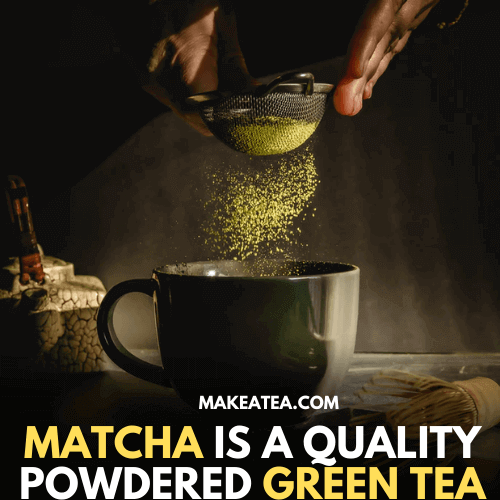
Benefits
It is a high-quality tea that is rich in caffeine, fiber, and vitamins. Matcha is good for making your focus and enhancing mood. Thus, also boosts metabolism and burns calories.
There are wide varieties of loose-leaf teas in Japan. The most popular among them are as follows:
2) Sencha
It is the most common green tea that you will find everywhere in Japan. Sencha is available in a lot of variations depending upon the quality.
This is the most harvested green tea in Japan and makes up half of Japan’s yearly tea harvest. It has fresh green color and delicate light green when brewed.
It is a first flush tea, therefore it has a lot of nutrients.
The recipe made from Sencha can be enjoyed as a warm drink or iced tea.
It is a refreshing drink with flavors described as vegetal, green, seaweedy, or grassy.
Brewing temp: 175°
Benefits
Due to grown in sunlight it is full of Vitamin C which is healthy for skin repair. This is a low caffeine drink. A great tea to add to your morning routine or as a warm drink at bedtime.
3) Tencha
Tencha grows in shaded areas and are pure leaves. Therefore, it is one of the popular green tea in Japan.
This tea provides amazing benefits when taken early morning on an empty stomach.
The stems, veins, and stalks are all removed while processing, leaving the pure leaves for making Tencha.
Tencha dried leaves when ground into powder created Sencha, another popular drink in Japan.
The color of the leaves is green but the brew comes out yellow. It is an expensive tea but gives value for money.
The tea is sweet and you would surely love it.
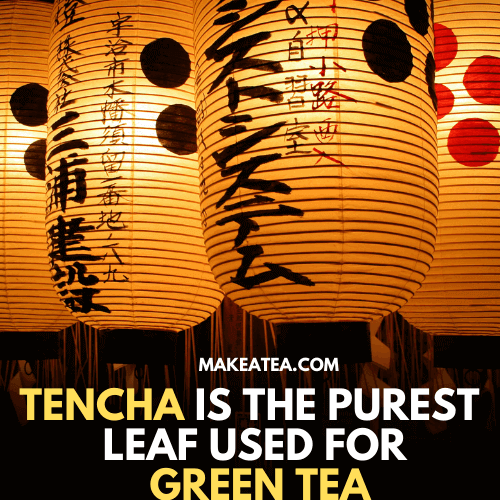
Benefits
Tencha will provide various benefits. It relaxes your mind and body. Provide nutrition to skin and hair, detoxifies the body, and is age reversal tea.
4) Genmaicha
Genmaicha is an interesting tea. Sencha Tea leaves mixed with roasted brown rice makes this amazing tea.
Some manufacturers even use popcorn instead of rice. Sounds Yummy! Genmaicha is an affordable tea with low caffeine.
The flavor is deliciously nutty and the fragrance reminds of sesame notes. It is so delicious without any hint of bitterness. Even kids can enjoy this green tea without making faces.
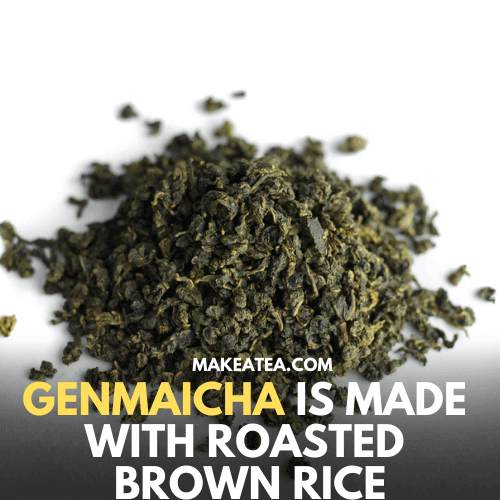
Benefits
Low in caffeine, perfect to drink throughout the day. It does not stain your teeth because of low caffeine. Rather it improves dental health.
5) Bancha
Bancha is another variation of Sencha. It comes from the same plant but it’s the second flush called Nibancha. It is one of the Popular Green Tea Types In Japan.
The Bancha leaves are large in shape and stored in their original shape after drying.
They are closed-form but when brewed and put into warm water they open up entirely and take their original shape. This looks mesmerizing.
It tastes in between Sencha and Gyokuro. The color is amazing yellow with a rich feel.
Benefits
Use Bancha tea to treat infections. It is also helpful in cardio diseases. It acts as a diuretic, combats flu and cold, and keeps you hydrated.
6) Gyokuro
This is a high-quality tea mostly offered on special occasions. It is kept in shade for 3 weeks before harvesting. Due to this reason, Gyokuro has ample caffeine and makes an umami-rich drink.
Less photosynthesis creates more flavor and rich amino acids. This results in smoother tea with a touch of sweetness.
Gyokuro is described to have a vegetal and grassy taste but it can also be bitter sometimes.
Brewing temp 140°

Benefits
Gyokuro keeps you hydrated and fresh, it is best for the skin, prevents diseases like cancer, and aids in weight loss.
7) Hojicha
Hojicha means roasted green tea leaves. It looks like dried tree bark. It doesn’t look appealing and the smell isn’t great either.
But the magic happens when you brew it. It turns a beautiful green color and tastes like sweet caramel.
Hojicha is low in caffeine thus you can drink it later in the evening. It won’t make you pee all night or affect your sleep.
Benefits
Hojicha is perfect for people with caffeine sensitivity as it has low amounts. Pregnant ladies can use it daily safely. It helps with digestion and makes your immune stronger.
Conclusion
Japan has a huge range of types of green tea. We introduced you to the Popular Green Tea Types In Japan. All the above-mentioned teas have different uses and benefits.
You can choose among them according to the taste that suits you. The mortality rate in Japan is low, they drink a lot of green tea since childhood and stay young and healthy.
You can also incorporate it into your routine and stay fit.


